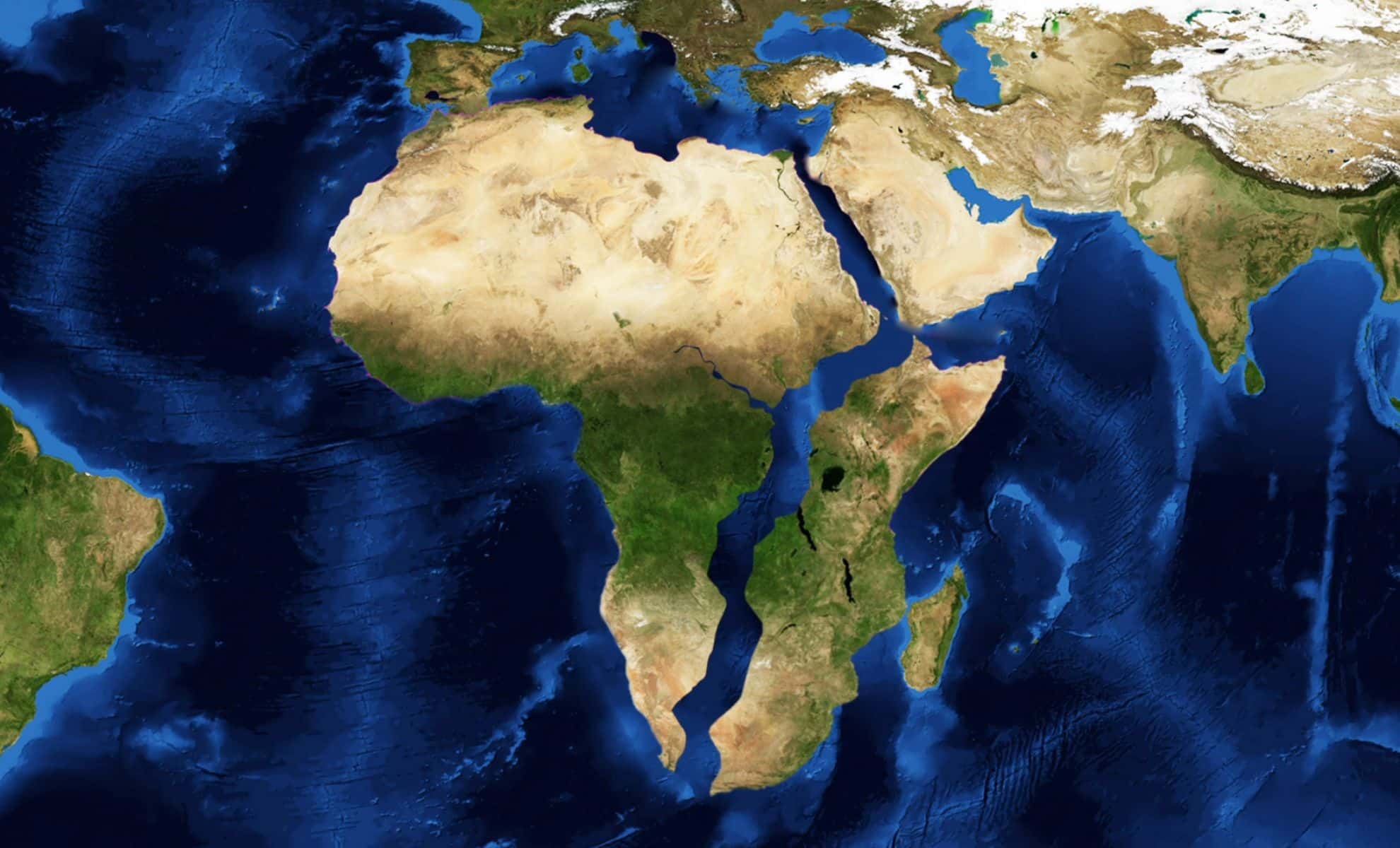Southampton, UK – A massive geological upheaval beneath Africa is slowly tearing the continent apart and could eventually lead to the formation of a new ocean, according to a groundbreaking study by researchers at the University of Southampton.
Published in the prestigious journal Nature Geoscience, the study reveals that a giant plume of molten rock rising from deep within the Earth’s mantle is pushing the African tectonic plates apart, widening the East African Rift System (EARS). If this continues, millions of years from now, the Horn of Africa could split off, creating a new sea between the separated landmasses.
Key Findings
-
A Continent in Motion: Satellite and seismic data show that the Nubian Plate (western Africa) and Somali Plate (eastern Africa) are moving apart at a rate of 6-7 mm per year, stretching the continent’s crust.
-
Superplume Beneath Africa: A massive upwelling of hot magma, known as a “superplume,” is thinning the lithosphere and accelerating the rift.
-
Future Ocean in the Making: The Afar Triangle—spanning Ethiopia, Eritrea, and Djibouti—is the weakest point, with the crust already just 20 km thick (half the usual thickness). If the split continues, waters from the Red Sea and Gulf of Aden could flood the region, forming a new ocean.
What This Means for the Future
While this process will take millions of years, the implications are staggering:
-
New Coastlines: Countries like Ethiopia, Kenya, and Tanzania could one day have their own shorelines along the new ocean.
-
Increased Volcanic Activity: Regions along the rift, such as Ethiopia’s Erta Ale volcano, may see more eruptions as magma rises.
-
Earthquake Risks: The shifting plates could trigger more seismic activity in East Africa.
A Rare Geological Event
This kind of continental breakup has happened before—most notably when the supercontinent Pangea split apart 200 million years ago, forming the Atlantic Ocean. Now, scientists are witnessing a similar process in real time.
“This is one of the few places on Earth where we can observe continental rifting turning into oceanic spreading,” said lead researcher Dr. Christopher Moore from the University of Southampton.
What Happens Next?
Researchers will continue monitoring the rift using satellite technology, GPS data, and seismic sensors to track its progress. While humans won’t see a new ocean in their lifetimes, the study provides crucial insights into how Earth’s continents evolve.
For now, Africa remains whole—but beneath the surface, the planet is reshaping itself in one of the most dramatic geological events of our time.




